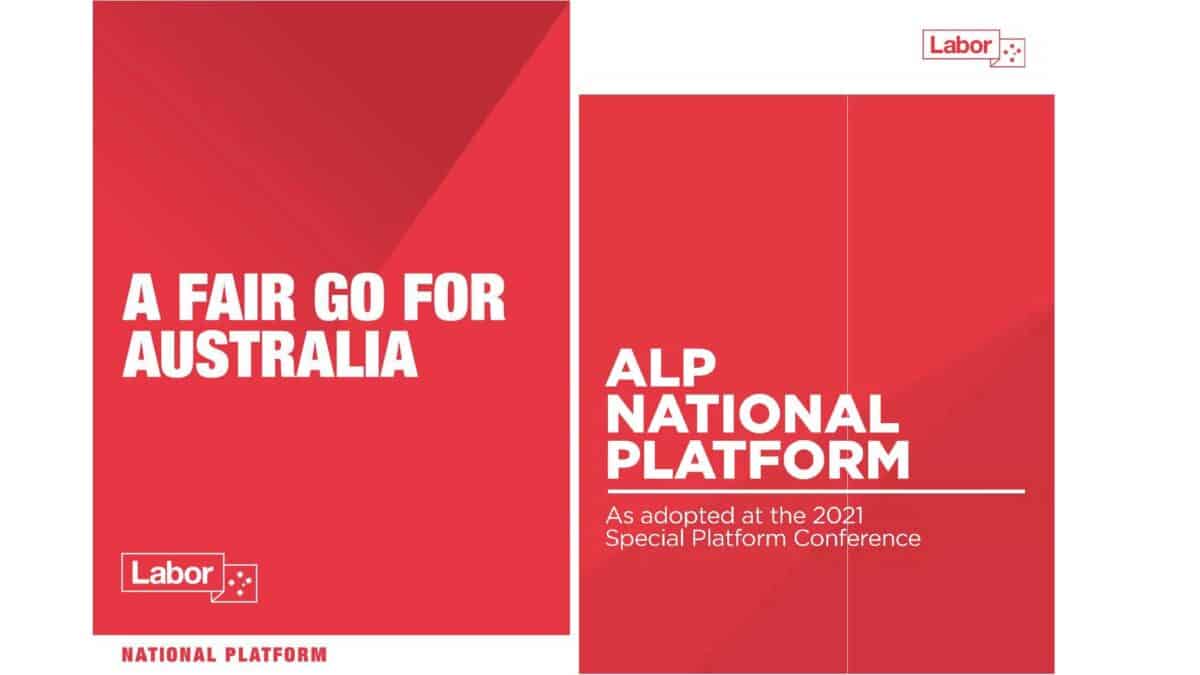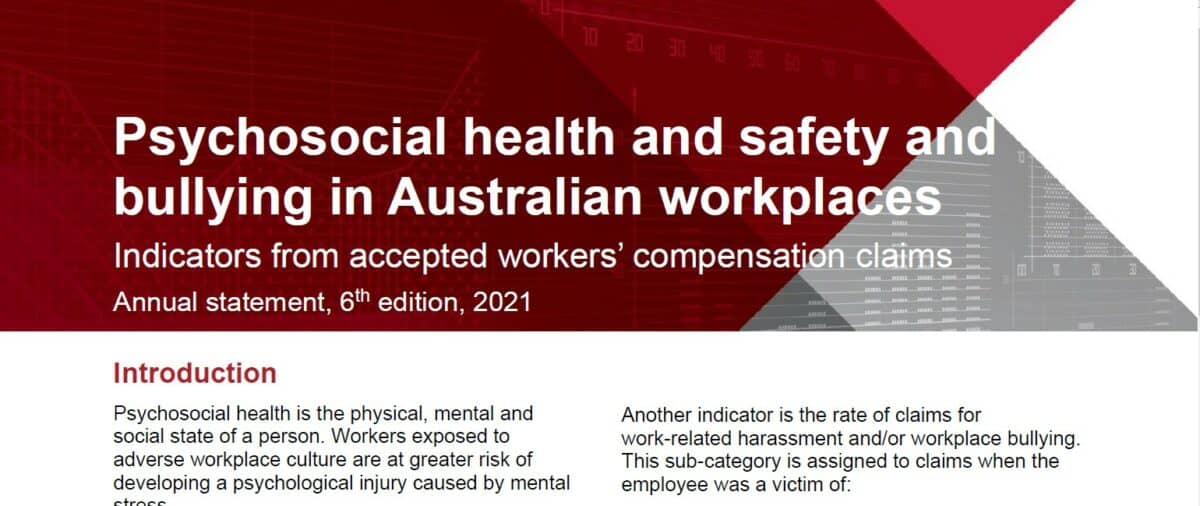Recently in the International Journal of Epidemiology*, Professor Tony Lamontagne and his colleagues wrote that their Australian research:
“….. showed that improving job security is strongly associated with decreasing depression and anxiety symptoms.”
This is an example of the precise research statements that LaMontagne has made over several decades, which have been enormously helpful to those occupational health and safety (OHS) advocates and professionals who choose to use them.
Recently this clarity was on display for over 90 minutes in a podcast interview with LaMontagne. It should be obligatory listening for OHS people.







